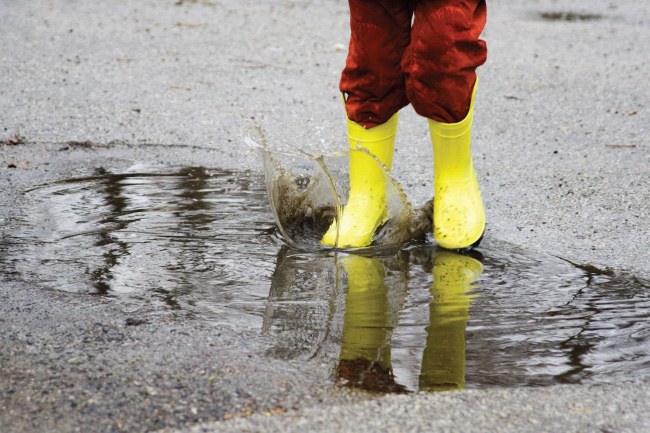
Protect Your Home from Water Overflow
Ontario insurance brokers want to arm you with some helpful tips in regards to protecting your home from water damage.
Climate change has mainly caused this influx of precipitation and it looks like the rain boots can’t be stored away just quite yet – the rain is scheduled to continue in the upcoming weeks all across the province. That’s why, it is important that home owners keep on being attentive in ensuring their home and property can survive the increased water flow to the best of their ability.
According to Conservation Ontario, flooding is one of the leading causes of public emergency in the province. Although it is impossible to control this miserable weather, brokers suggest there are ways for Ontarians to take control of their own homes by making a few simple changes. This will significantly reduce the negative effects of flood damage.
Safe guarding your property from potential flood damages and ensuring you know what to do before and after a flood occurs is essential in the protection of yourself, your family and your property.
Here is a list of helpful tips to protect your home and property from flooding:
•If the area you live in is susceptible to sewer back-up, make sure your home has a back-flow valve and plugs for drains, toilets and other sewer connectors installed.
•If you don’t have a sump pump, install one. If you do have a sump pump, test it to make sure it is working. Because severe weather often causes a hydro interruption, it makes good sense to install a battery back-up device for the sump pump or keep a small gas generator to power critical electrical circuits. Both of these devices are available at a reasonable cost from any building supply or hardware store.
•If you have an unfinished basement, we suggest you store items in plastic containers or on shelving at least 12″ off the floor.
•Ensure your window wells are clear of leaves and debris and by periodically checking your foundation for signs of wear, tear and cracks. Keep eaves and downspouts clear of debris and make sure water flow is directed away from the foundation. If your building code in your area permits it, have the downspouts connected directly to your weeping tiles or sewer drain.
•In winter, keep snow away from the foundation to reduce surface water during sudden spring thaws and winter rains. Areas around ground level windows and window wells should be clearly regularly.
For more information, watch our video on preventing flood damage:






